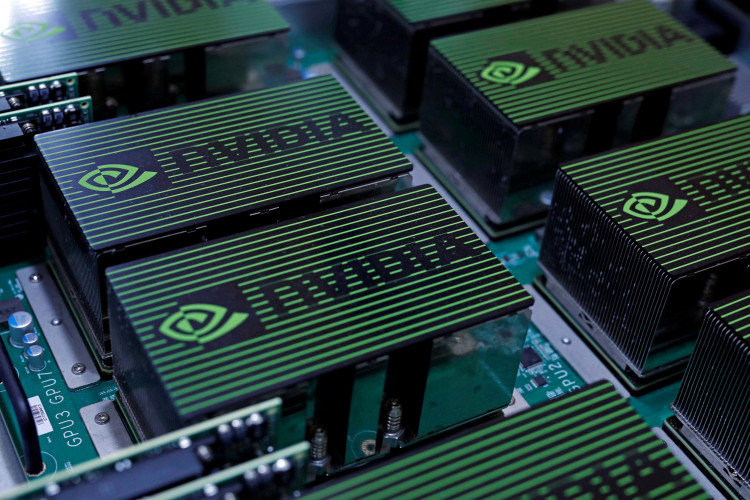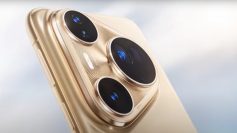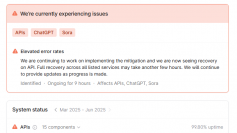NVIDIA yesterday unveiled its next-generation Ampere GPU architecture. The first GPU to use Ampere will be the DGX A100, built for data analytics, cloud graphics, and scientific computing.
In an announcement during its GTC 2020 keynote, the chipmaker said it would bring its AI expertise to join the battle against COVID-19. The A100 will be sent to the Argonne National Lab in Illinois, USA where it will assist in the research of a potential cure for the coronavirus.
NVIDIA's latest initiative comes amid a global health crisis that has caused a demand for cloud computing. In a press briefing, company CEO Jensen Huang confirmed that "cloud usage of services are going to see a surge.
The DGX A100 is by far the world's largest 7nm processor, having more than 54 billion transistors. NVIDIA is boosting its Tensor cores so that developers will find it easier to use them and all of its 19.5 teraflops of FP32 performance, 1.6TB/s of memory bandwidth, 40GB of memory, and 6,912 CUDA cores.
NVIDIA will use the GPUs into a stacked AI system that will power its supercomputers in data centers around the world. Similar to how the company used its previous Volta architecture to create the Tesla V100 and DGX systems, a new DGX A100 AI system combines eight A100 GPUs into one gigantic GPU.
"We're using America's most powerful supercomputers in the fight against COVID-19, running AI models and simulations on the latest technology available, like the NVIDIA DGX A100," Rick Stevens, associate laboratory director for Computing, Environment and Life Sciences at Argonne, said in that statement. "The compute power of the new DGX A100 systems coming to Argonne will help researchers explore treatments and vaccines and study the spread of the virus, enabling scientists to do years' worth of AI-accelerated work in months or days."
After installing the A100 in Argonne, scientists working for the laboratory will have the capability to "screen 1 billion drugs in under 24 hours. Without the added computing power, researchers would need close to a year to screen the same number of therapeutics.
NVIDIA has also partnered with 50 partners across the world and more than a dozen tech companies to help protect coronavirus medical frontliners better, which resulted in the development of a program called NVIDIA Clara Guardian.
Clara Guardian checks people for elevated temperatures, uses real-time computer vision for social distancing surveillance, and assists with contactless patient monitoring. In the future, the system will also help with things like surgery analytics, handling tasks such as keeping track of equipment during an operation.






